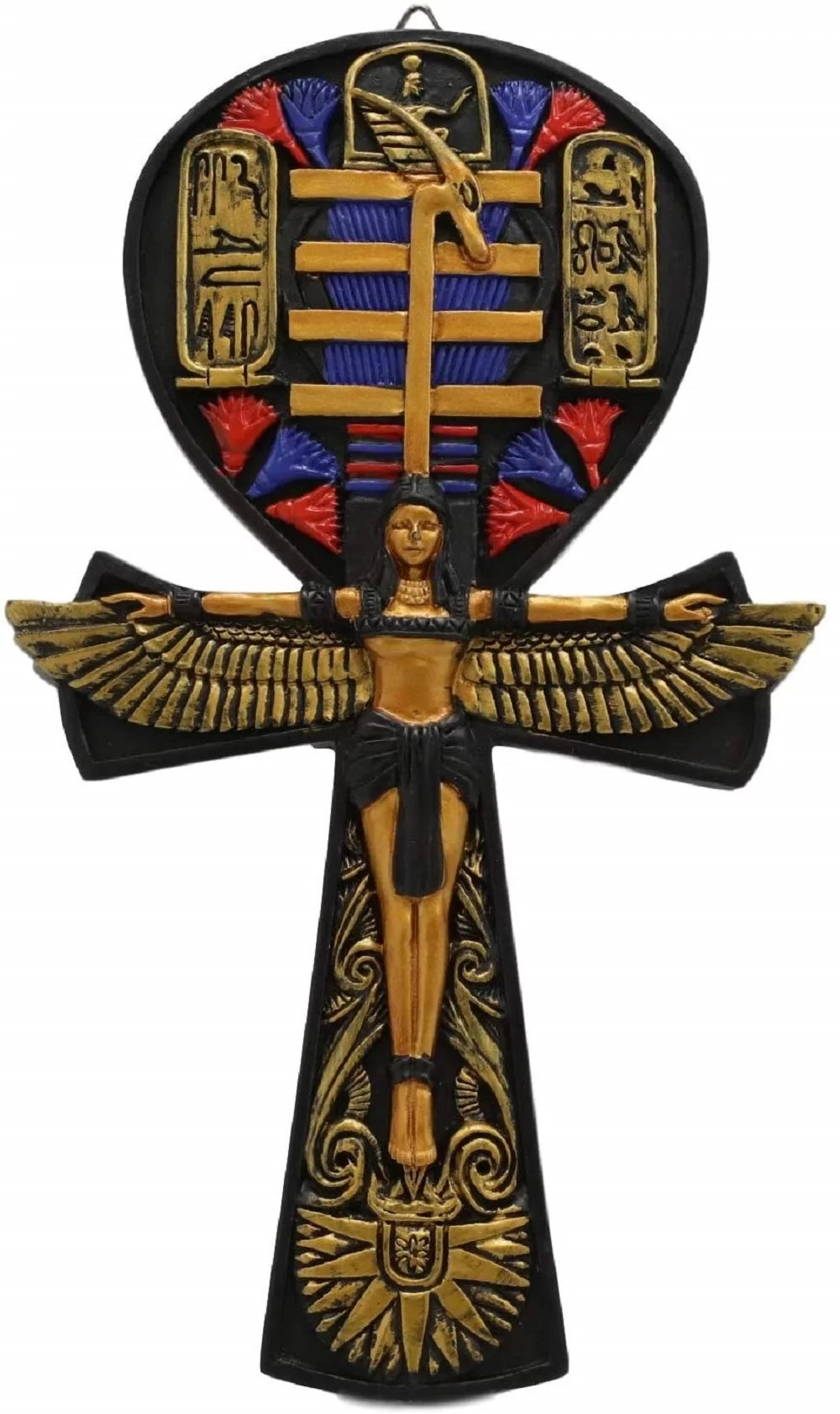
The Egyptian Ankh | History & Symbolism
Share
The Ankh, also known as the key of life, is an ancient Egyptian symbol that has become one of the most recognizable symbols in the world. This symbol has a rich history and symbolism that has fascinated people for centuries. In this article, we will explore the history and symbolism of the Ankh, and why it is still relevant today.
The History of the Ankh
The Ankh symbol has its roots in ancient Egypt, where it was used as a hieroglyphic character representing the word "life." The symbol is comprised of a looped cross, with the top part of the loop being an oval shape, and the bottom part of the loop being a straight line. It is believed that the symbol dates back to the Early Dynastic Period, which was around 3150 BC.
The Ankh was commonly used in funerary art and was often placed in the hands of the deceased, as a symbol of their transition to the afterlife. It was also used in amulets and other forms of jewelry, as a way to protect the wearer from harm.
The Symbolism of the Ankh
The Ankh symbolizes the concept of eternal life and is often associated with the

gods and goddesses of ancient Egypt. It is believed that the looped top of the Ankh represents the sun rising over the horizon, while the straight line at the bottom represents the path that the sun takes as it sets in the west.
The Ankh is also closely associated with the goddess Isis, who was considered the mother of all living things. It is said that she used the ankh to breathe life back into her dead husband, Osiris, and to protect her son, Horus.
The Ankh was also associated with the god Osiris, who was the god of the afterlife. It was believed that the Ankh was a powerful symbol that could help guide the deceased through the underworld and into the afterlife.
In addition to its association with eternal life, the Ankh is also believed to represent fertility and the life-giving power of the Nile River. It is often depicted with a looped top that resembles a woman's womb, which further emphasizes its association with fertility and life.
The Ankh Today

Despite its ancient origins, the Ankh is still a popular symbol today, and it is often used in jewelry, clothing, and other forms of art. Many people who are interested in ancient Egyptian culture and spirituality also use the Ankh as a way to connect with their heritage.
The Ankh has also been adopted by modern spiritual movements, such as the New Age movement, as a symbol of healing and spiritual growth. It is believed that the Ankh can help to balance and harmonize the energy centers of the body and that it can also promote spiritual awareness and inner peace.
The Ankh is a symbol with a rich and fascinating history, and its meaning has evolved over time. From its origins in ancient Egypt as a symbol of eternal life and resurrection, to its modern interpretations as a symbol of love, harmony, and personal power, the Ankh continues to hold significance for many people today.
Whether you are drawn to the Ankh for its historical and cultural significance or its spiritual and philosophical meanings, it remains a powerful symbol of life, death, and rebirth.
